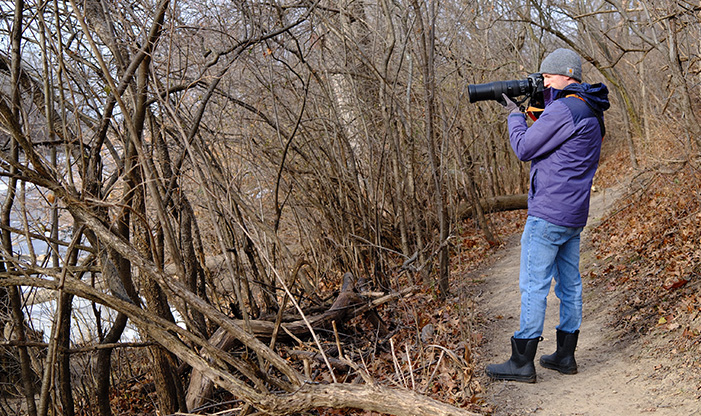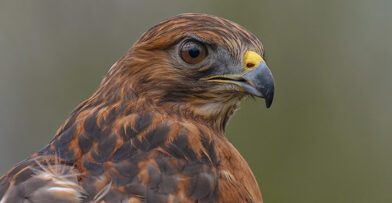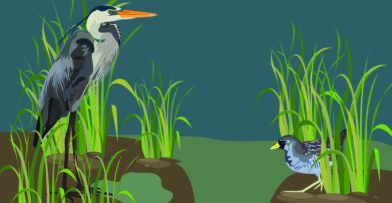Capturing the perfect photo of an animal, framed by its natural surroundings, can be considered a work of art. Wildlife photographers around the world put themselves into the elements, searching for the chance to catch nature at its finest. With ecotourism and photography becoming increasingly popular, more people are venturing out to experience nature and challenge themselves to get the perfect shot.
This, in turn, means that wildlife and their habitats are seeing an uptick in traffic and human presence. Park and land managers throughout the country are reporting trail degradation and changes in wildlife movement patterns correlated to human activity. For those heading out in hopes to photo-document wildlife, practicing respectful viewing can ensure the preservation of habitats and the natural behaviors of its animals. The following are suggested guidelines that limit disturbance and cause the least amount of stress on wildlife.
Use trail systems: By following already established trail systems, the surrounding habitat does not become impacted and negatively affect the vegetation. Do not modify trails or mechanically remove vegetation from view for a good angle of an animal.
Know the rules of the property: If you are visiting a public area, know the regulations, including the opening and closing times. If it is private property, ensure you have permission from the owners and be respectful and courteous of their privacy and land.
Avoid baiting and luring: Using food to bring an animal closer greatly disrupts their natural behavior. Wildlife that becomes too comfortable around people, or even relies on them for food, threatens the survival of that animal.
Do not intentionally flush, chase, or alert an animal to your presence: A good rule of thumb is that if an animal reacts to something you are doing, you are too close. There is an allure to capturing a photo of wildlife staring straight into the camera. In harsh weather, for example, if an animal is reacting to you, it is expending valuable energy that should be used to keep warm or rest. You also run the risk of the animal fleeing the area and not returning.
Do not share locations of wildlife, particularly sensitive species: Many social media groups now prohibit location sharing in order to protect wildlife. Keeping locations secret ensures that the animals do not become stressed by an influx of onlookers.
Seasons: Animals can react aggressively if provoked. Be cautious around nesting and birthing seasons, where wildlife is at its most defensive as they protect young.
Keep your distance: Allow for respectful distance between you and the animal. Remain far enough away that you can view the animal without disturbing it. Explore equipment options such as long camera lens, scopes, and binoculars that allow for this.
Wildlife has an innate fear of humans. In most cases, when humans are present, animals are on alert. In the animal world, there are three primary forms of defense: fight, flight, and freeze. “Fight” and “flight” are understood, but “freeze” can be confusing. Some animals may appear unbothered by your presence yet are completely aware of you. Look for subtle signs and changes to an animal’s behavior and body language.
An owl’s defense, for example, is to sit still and blend in (freeze), using their phenomenal camouflage to attempt to hide. Tufts up, eyes wide open or slit shut, and unwavering against the tree is the look of an owl trying to be invisible. If an owl remains perched and does not flush from your activity, some think it is comfortable with the proximity of humans but, in reality, it is simply hoping you do not see it.
The best shots can be of an animal exhibiting natural behaviors – preening, bathing, eating, and calmly moving through the landscape. Look for signs of comfort: relaxed body position, slow and smooth movements, looking at other things around it, not at you. Being a model of ethical wildlife and landscape photography can teach and encourage others to do the same. Shared passion and respect for nature lead many out to view and celebrate the species we share this world with, and through practicing this respect we can ensure the comfort and success of wildlife.


